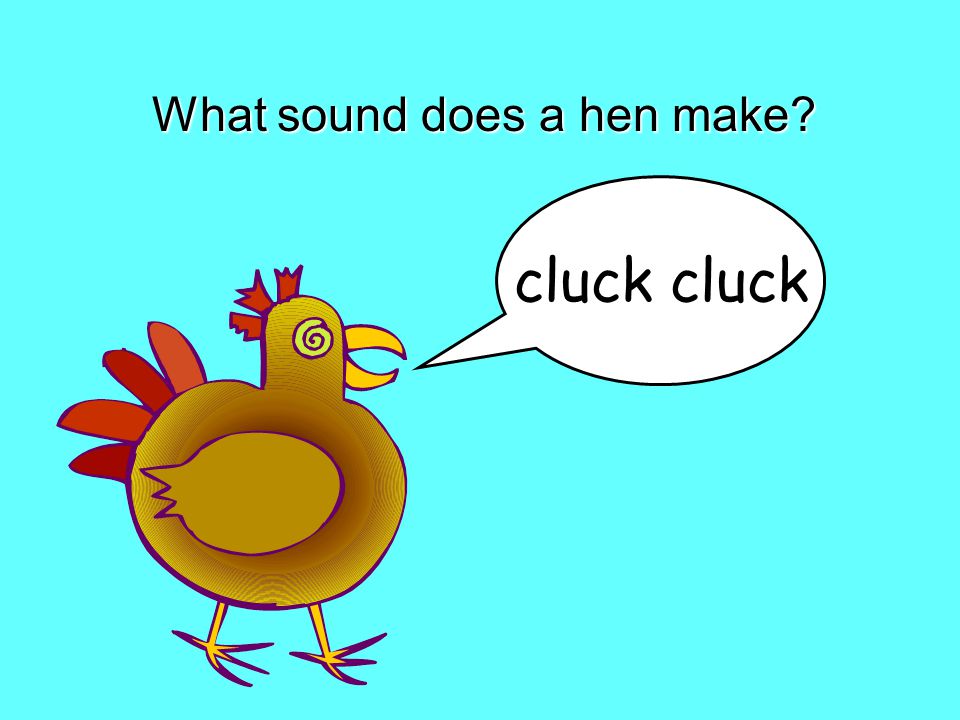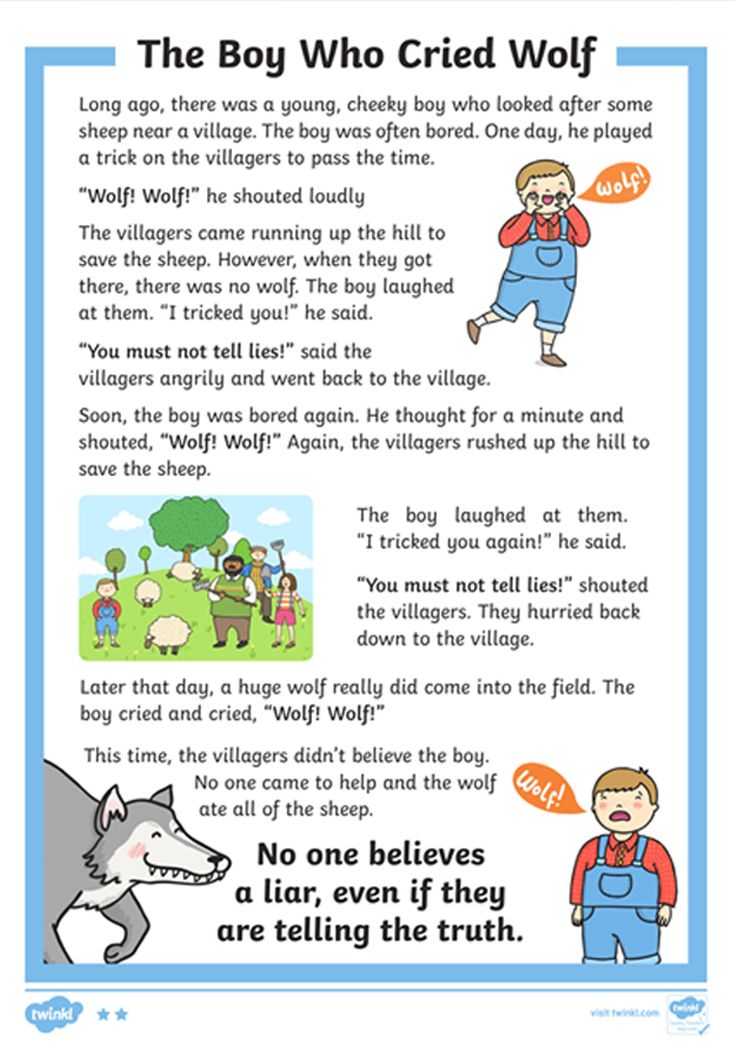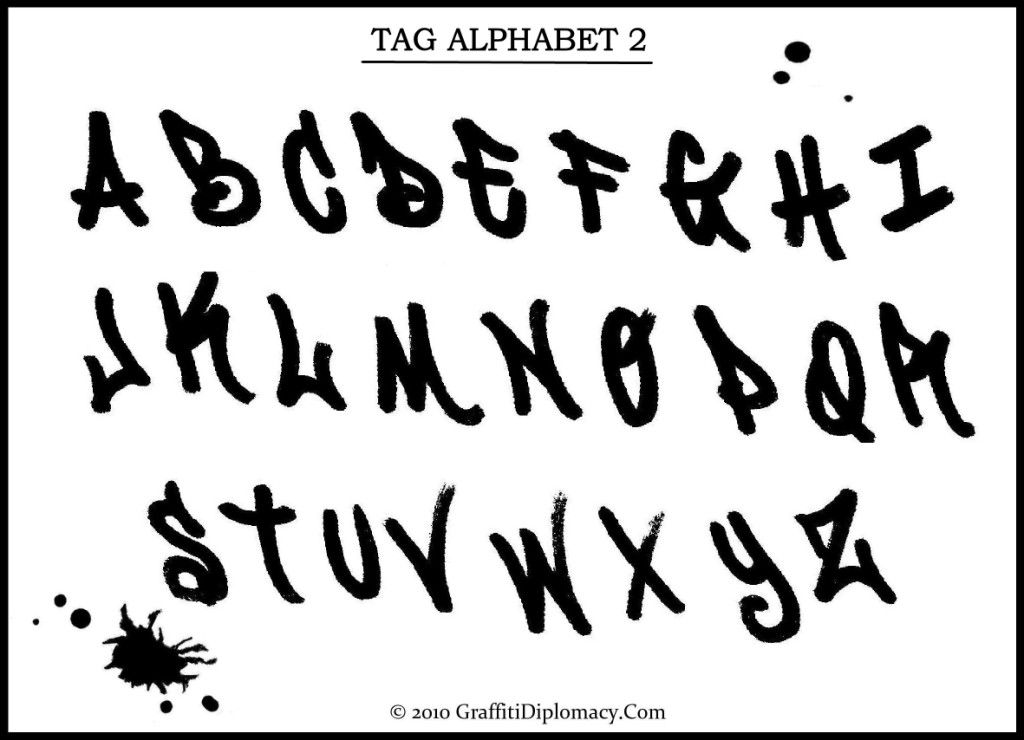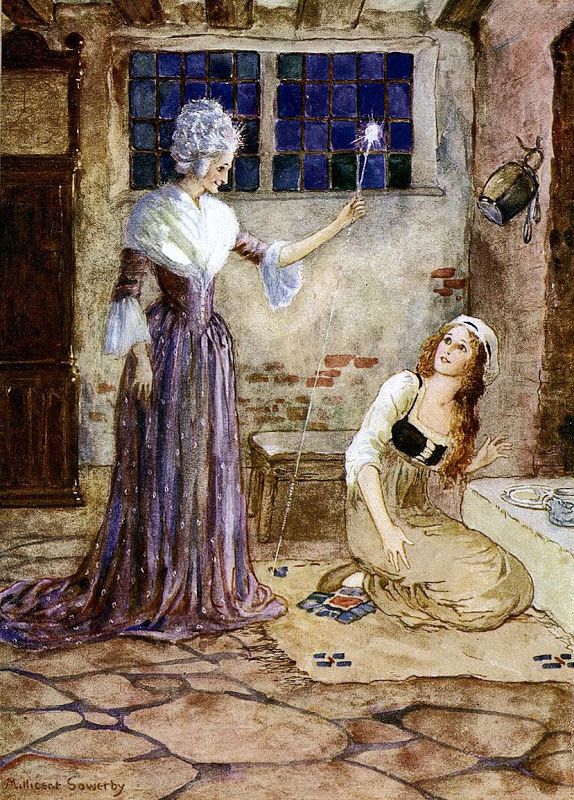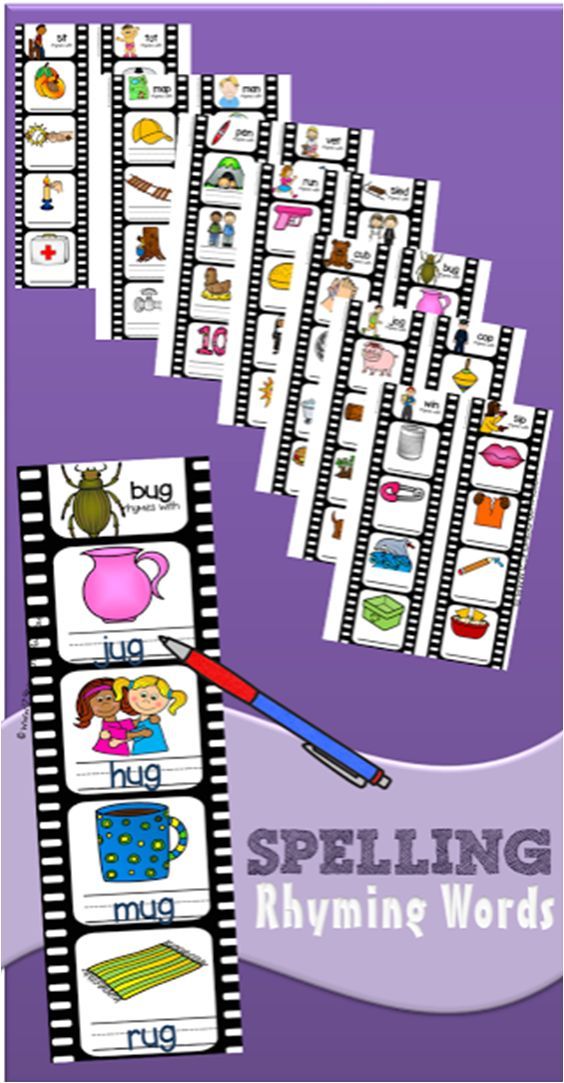What sound does the x make
How to Teach the Letter X Sound
If you liked what you downloaded,
click the "Like" button to get exclusive worksheets & news on Facebook.
The early years of life are a time for immense growth as children are brimming with curiosity and eagerness. As with all foundational skills, learning the alphabet is a critical determinant of a child's literacy development and effective communication.
When teaching the letters of the alphabet, the frequent question emerges: How do I teach the letter X sound?
Introducing the letter X poses multiple difficulties because:
- The letter X has various sounds.
- The typical sound /ks/ generally falls in the middle or the end of a word.
- The regular use of the letter X has two parts to its pronunciation - the combination of the /k/ and /s/ sounds.
- The letter X sound is unique along with its counterparts: /qu/, /y/ and /z/.
For these reasons, educators find the introduction of the letter X challenging.
Guideline for Introducing the Letter X Sound
First, let's examine the different sounds the letter X can make.
- /ks/ as in the word box (the most familiar sound).
- /gz/ as in the word exam.
Also, the letter X can make the following unique sounds:
- /z/ as in the word xylophone (often located at the beginning of a word)
- /g/ follow by /zh/ as in the word luxurious.
- /k/ follow by /sh/ as in the word complexion.
- /e/ follow by /ks/ as in the word x-ray.
Children typically learn letter sounds at the beginning of a word more easily than in any other position.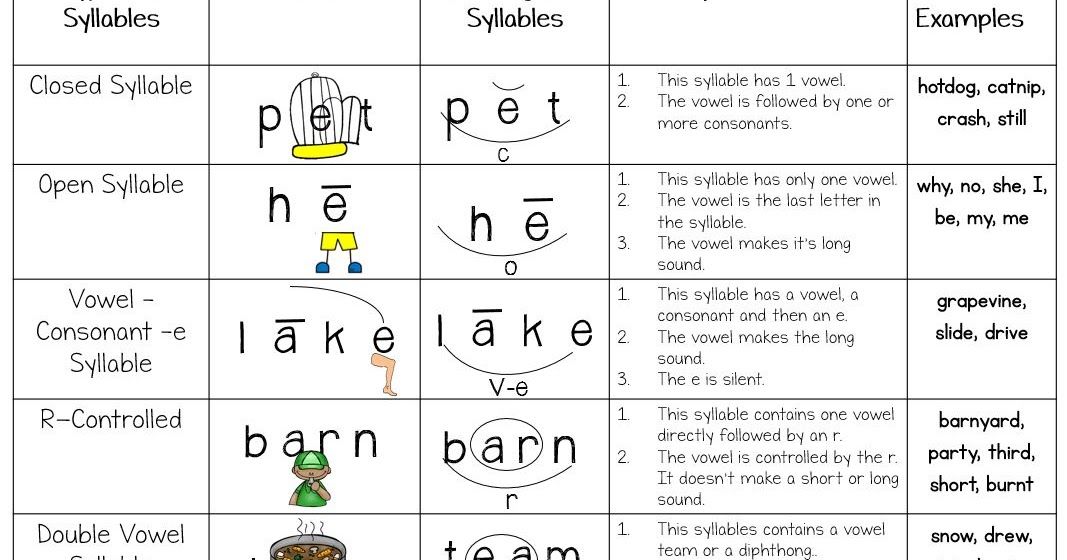 In the English language, few words begin with the letter X, and they commonly have the
/z/ sound instead of /ks/ sound. The general words used are x-ray and xylophone. These examples present two primary challenges:
In the English language, few words begin with the letter X, and they commonly have the
/z/ sound instead of /ks/ sound. The general words used are x-ray and xylophone. These examples present two primary challenges:
- These sounds fall into the rare category of sounds for the letter X. By learning the most frequent sound of every letter first, children quickly familiarize with words they currently use to communicate.
- The sound of X in x-ray is pronounced /e/ follow by /ks/, and in xylophone is pronounced /z/. These are completely different sounds, causing confusion in the mind of an emerging reader.
For this reason, the letter X should be taught using the ending sound position first as in the word box, fox, fix, ox, and
ax.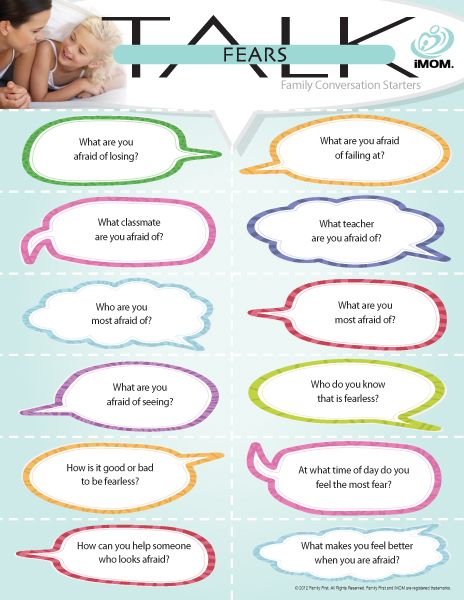
Also, the letter X sound should be the last letter of the alphabet introduced. Ending letter sounds are best introduced after children are familiar with the beginning letter sounds.
Hence, by leaving the letter X as the final letter to teach, you organize ending sounds for all words in sequence. This letter progression replaces the learning frustration of challenging and unusual letter sounds with an enjoyable process of clarity and understanding that creates learning momentum.
The Learning the Alphabet Workbook Series uses this concept and method for introducing the letter X sound.
See the Learning the Alphabet Workbook Series for more information on how to teach the letter X.
Don't be afraid of teaching the letter X. In the end, it can be a rewarding experience when using the right tools, methods, and techniques.
Happy Teaching!
- Like
- Share
- Tweet
- Pin
The Letter X - Sight Words, Reading, Writing, Spelling & Worksheets
Leave a Comment
- Share
- Tweet
The letter X usually makes the sound /KS/, e.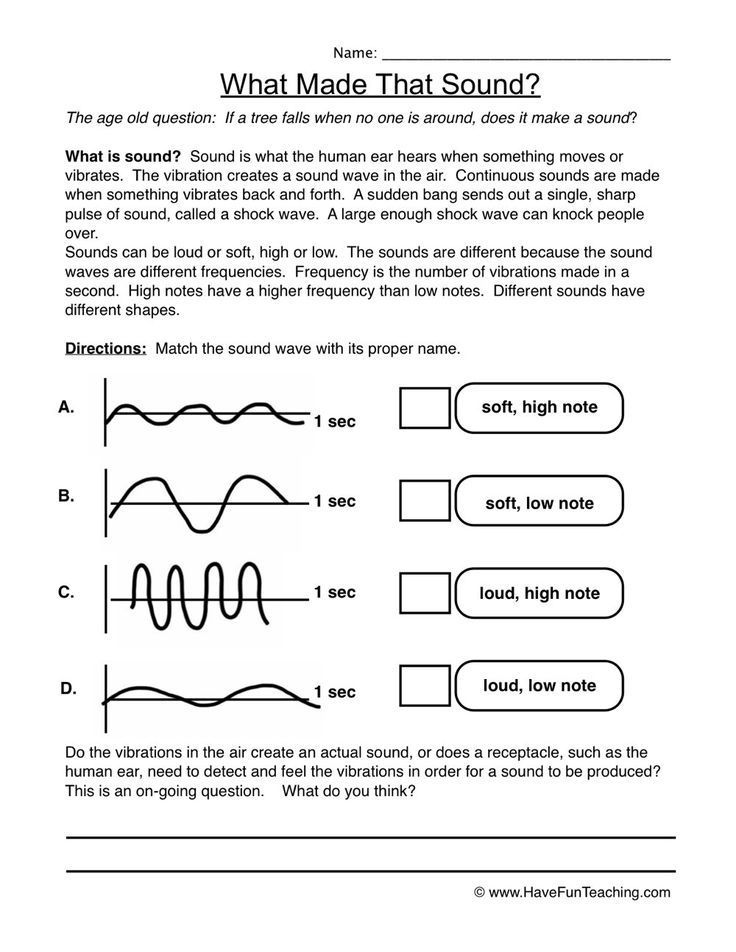 g., fox and box. This is the sound you would first introduce to a child. The letter X frequently sounds like GZ, e.g., exact, exam, exert and exile. The letter X consonant sound ranks in the rare category along with its counterparts: qu, y and z. The letter X can also make the following sounds:
g., fox and box. This is the sound you would first introduce to a child. The letter X frequently sounds like GZ, e.g., exact, exam, exert and exile. The letter X consonant sound ranks in the rare category along with its counterparts: qu, y and z. The letter X can also make the following sounds:
- K followed by SH, e.g., complexion,
- G followed by the sound ZH, e.g., luxurious,
- Z, e.g., xylophone, Xerox & xenon, and
- X (its name), e.g., X-axis & X-ray.
Letter X Worksheets
| We created worksheets to help your child or student practice forming the letter X correctly. Ideally, letters should be formed from top to bottom and left to right with a continuous stroke when possible. The upper- and lowercase X are formed the say way – slant right, lift and slant left. |
Letter X Worksheet 1
We offer a free printable worksheet that encourages a child to say, trace and write the upper- and lowercase letter X.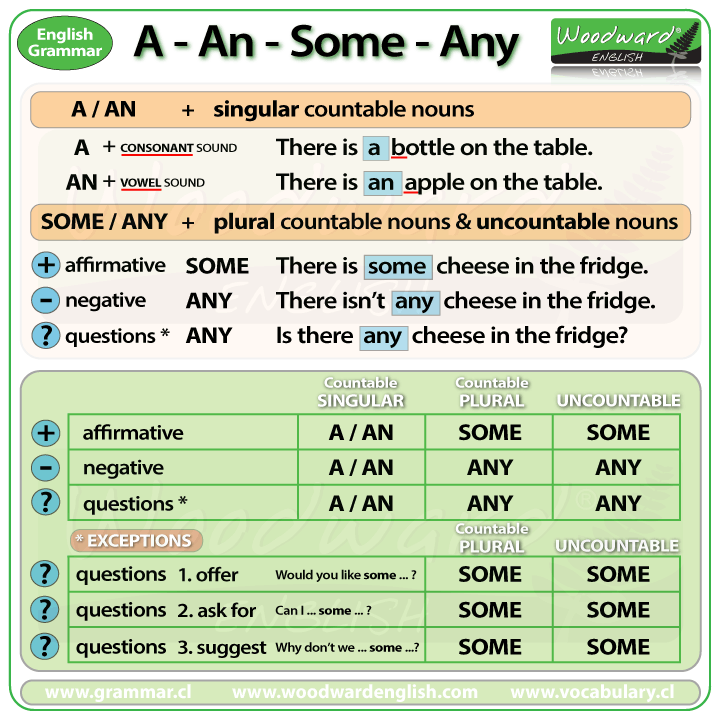
Letter X Worksheet 2
We offer a free printable worksheet that focuses on the uppercase letter x. We encourage a child to say, trace and write the uppercase letter X.
Letter X Worksheet 3
We offer a free printable worksheet that focuses on the lowercase letter x. We encourage a child to say, trace and write the lowercase letter X.
Letter X Worksheet 4
We offer a free printable worksheet that encourages a child to say, trace and write the upper- and lowercase letter X.
Letter X Worksheet 5
We offer a free printable worksheet that encourages a child to say, trace and write the upper- and lowercase letter x.
Words with the Letter X
The table below contains a list of letter X words that make the /ks/ sound. We also indicate the location of the /ks/ sound – middle (medial) or ending (final).
| Letter X Words | Sound |
|---|---|
| ax | final sound |
| axis | medial sound |
| box | final sound |
| complex | final sound |
| exceed | medial sound |
| excel | medial sound |
| except | medial sound |
| excerp | medial sound |
| excess | medial sound |
| exchange | medial sound |
| excited | medial sound |
| exclaim | medial sound |
| exclude | medial sound |
| excuse | medial sound |
| exercise | medial sound |
| exhale | medial sound |
| exodus | medial sound |
| expand | medial sound |
| expect | medial sound |
| expel | medial sound |
| expert | medial sound |
| explain | medial sound |
| explode | medial sound |
| explore | medial sound |
| export | medial sound |
| expose | medial sound |
| express | medial sound |
| exrtrovert | medial sound |
| extend | medial sound |
| extent | medial sound |
| exterior | medial sound |
| external | medial sound |
| extinct | medial sound |
| extort | medial sound |
| extra | medial sound |
| extract | medial sound |
| extraordinary | medial sound |
| extreme | medial sound |
| extrude | medial sound |
| fix | final sound |
| fixture | medial sound |
| flax | final sound |
| flex | final sound |
| fox | final sound |
| hex | final sound |
| index | final sound |
| lax | final sound |
| lox | final sound |
| Max | final sound |
| Mexico | medial sound |
| mix | final sound |
| mixture | medial sound |
| ox | final sound |
| oxen | medial sound |
| perplex | final sound |
| pox | final sound |
| prefix | final sound |
| relax | final sound |
| six | final sound |
| sixty | medial sound |
| tax | final sound |
| Texas | medial sound |
| toxin | medial sound |
| vex | final sound |
| wax | final sound |
Reader Interactions
Speech and non-speech sounds
Date: 01/10/2015
Author: Kalashnikova Olga Vladimirovna
Item : Literacy education.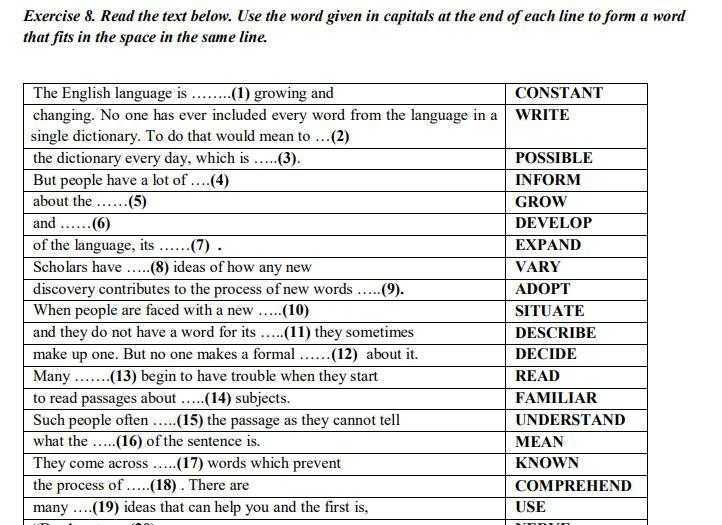
Class : 1.
UMK: "Harmony".
Topic: Speech and non-speech sounds.
Type of lesson : combined.
Tasks :
1. To introduce students to the concepts of "sound", "non-speech and speech sounds".
2. To introduce students to the set of laboratory equipment "Sound and tone".
3. To teach to recognize natural, technical, musical sounds, the voices of animals and people, to distinguish and compare different sounds.
4. Learn to analyze sounds only by ear.
5. To teach to analyze what was seen during the experiments, to draw conclusions.
6. Develop auditory attention, auditory memory and phonemic perception.
7. Build self-control skills.
Equipment :
1. Portable laboratory "Sound and tone".
2. Phonogram with various sounds.
Lesson progress:
1.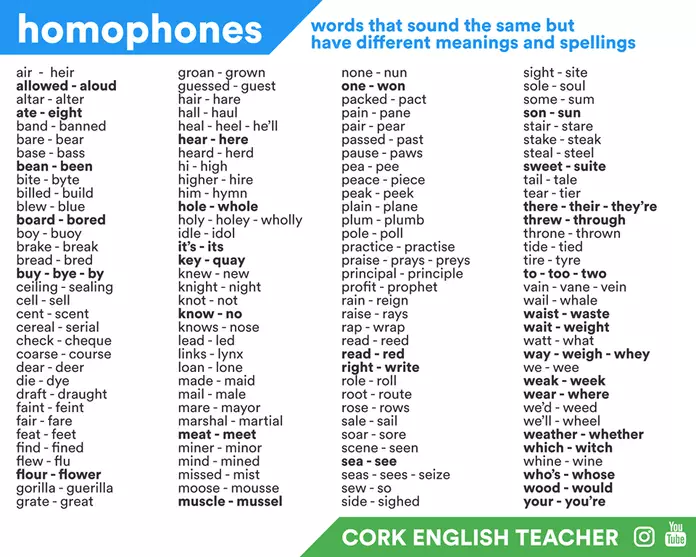 Organizational stage.
Organizational stage.
2. Setting the goal and objectives of the lesson. Motivation of educational activity of students.
- Guys, today we will turn into scientists in the lesson. First we will observe, then investigate, then experiment, and finally draw conclusions.
- I will read the poem "Different Sounds", and you tell me what sounds you heard?
Somewhere dogs growled: R-R-R!
In the stall, the cows mooed: Moo-oo!
Flies buzzed in the room: W-w-w!
He ran past the car: W-w-w!
Wires buzzed from the wind: Dz-z-z!
In the kitchen, water fell from the tap: Ding!
Trains called to each other in the night: Tu-u-u! Tu-u-u!
The snakes in the forest hissed: Shh!
And the mosquitoes all sang: Z-z-z!
Fidget ball jumps day and night
Doesn't want to calm down: Pam! Pam!
Dolls cough in bed - during the day they ate ice cream: Kh-x! Kh-kh!
The leaves rustled in the wind: Shh!
- What sounds did you hear? (children's answers)
3.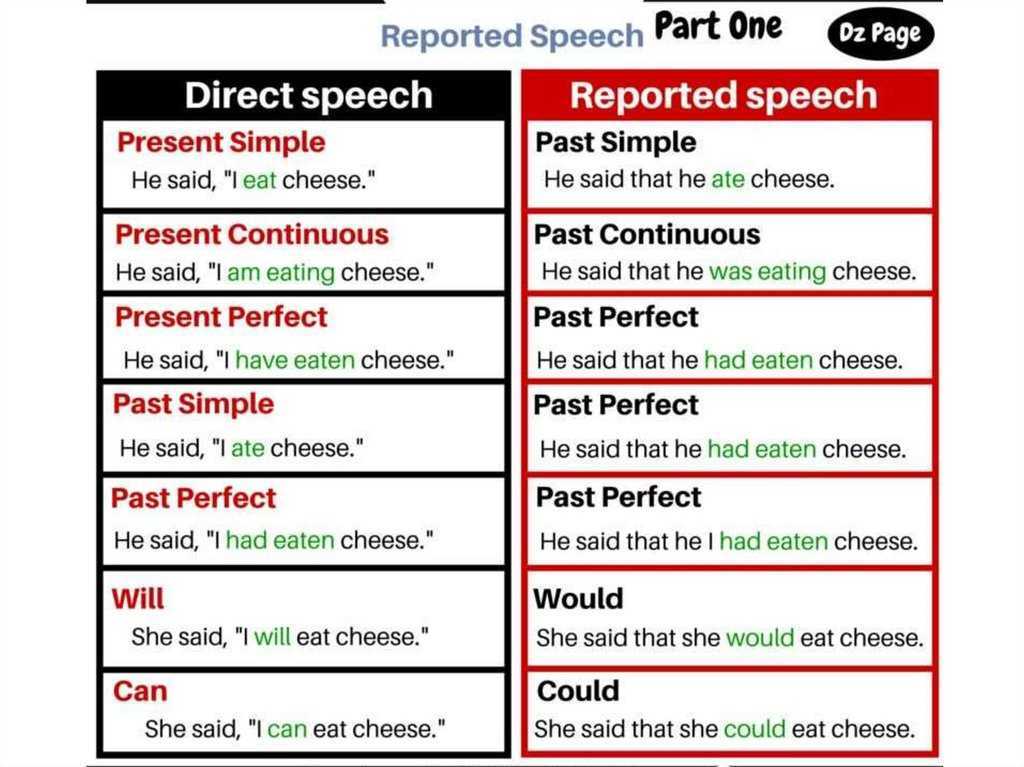 Actualization of knowledge.
Actualization of knowledge.
A) Now we are turning into zoologists. Who are zoologists? What are they studying? (A soundtrack is heard with sounds made by various animals)
- Guys, you learned what sounds animals and birds make. Help me. What sounds does a dog (bark), a cat ..., a horse ..., a cow ... make? (children's answers)
B) And now we turn into researchers.
- People differ from animals in that they talk. You will recognize the voices of familiar people. Let's play the game "Get to know me".
All the guys close their eyes. The teacher quietly approaches one of the students, touches his shoulder. This student says, "Know me." The children guess who spoke.
C) And now we are turning into musicians.
- Musical instruments also talk, make sounds. Let's play the game "What's the sound?" (A phonogram with recordings of the sound of various musical instruments)
D) And now we are turning into experimenters.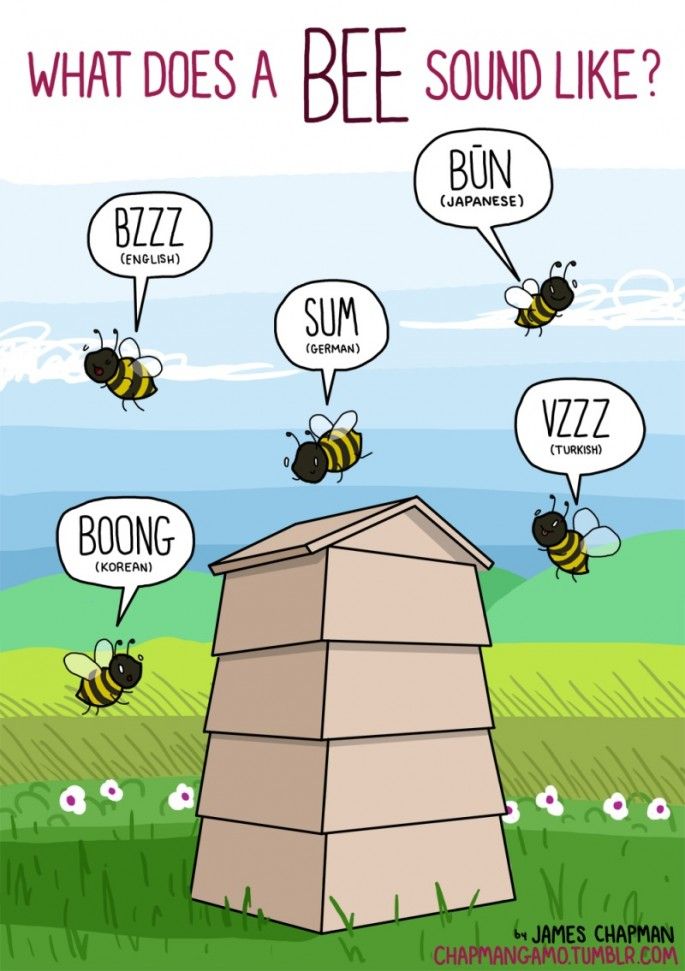
- Guys, tell me, where does the sound come from? (Children's answers. Try to classify speech and non-speech sounds). Is it possible to see him? Let's experiment and try to answer these questions.
4. Practical acquisition of knowledge.
Experiment 1 "Sound waves".
For the experiment you will need: a knitting needle, a resonator with a removable cover and a membrane.
Put the needle on the edge of the table. We reject the free end down and let go. He starts to hesitate. To better fix the plate, you can use a resonator. For this purpose, there are special grooves at the bottom of the resonator box. We firmly press the knitting needle to the edge of the table and hold it so that it cannot move. Note that the sound only occurs when the spoke vibrates; to stop the sound, the movement must be stopped.
Conclusion: Sound is mechanical vibrations of air.
Experiment 2 "Sound waves".
For the experiment you will need: a tuning fork, a hammer, a plastic container for water.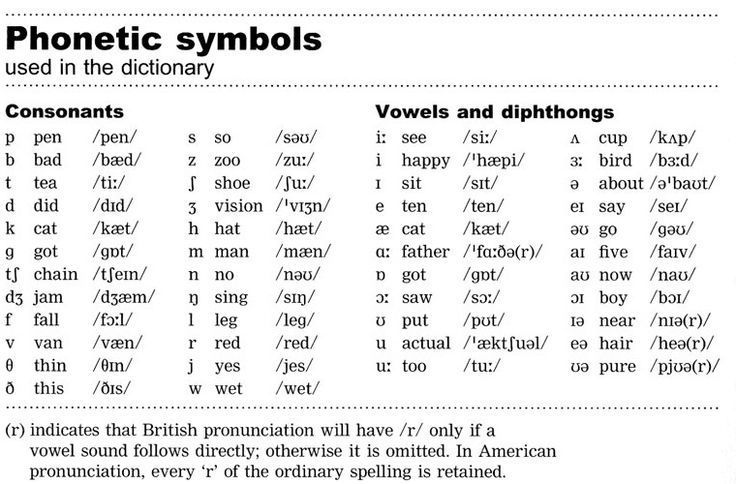
Observations show that if the vibrations occur at a frequency high enough for sound to be heard, the eye does not have time to follow them. We can see sound vibrations if we lower the tuning fork into water. Let's fill the container with water. Hit the tuning fork with a hammer and place it directly on the surface of the water. Circles will appear on the surface caused by vibrations of the tuning fork.
Confirmation of the conclusion: Sound is mechanical vibrations of air.
Experiment 3 "Sound waves".
For the experiment you will need: a tuning fork, a hammer, a spool of thread, a wooden bead, a resonator with a removable cover and a membrane.
A string with a wooden bead also allows you to see sound vibrations. Place the tuning fork in one of the two smallest holes on the resonator cover and hit it with a hammer. Let's bring a bead suspended on a thread to a tuning fork. With each contact with the fork of the vibrating tuning fork, the bead will bounce off it.
Confirmation of the conclusion: Sound is mechanical vibrations of air.
5. Summary of the lesson.
- Guys, you all did a great job today, like real scientists.
What did we talk about in class today? What did you do? What were the conclusions?
What is sound? How does sound come about? What are the sounds? (children's answers)
6. Reflection.
- Guys, what did you like today at the lesson? What was the most interesting? What was difficult? (children's answers)
Next news
news
Sounds and letters of the Russian language - scheme, table, transcription
Contents:
• What is sound?
• What sounds are there?
• How are sounds pronounced?
• Transcription of the word
• Color scheme
Sounds belong to the phonetics section. The study of sounds is included in any school curriculum in the Russian language. Acquaintance with sounds and their main characteristics occurs in the lower grades. A more detailed study of sounds with complex examples and nuances takes place in middle and high school. This page provides only basic knowledge of the sounds of the Russian language in a compressed form. If you need to study the device of the speech apparatus, the tonality of sounds, articulation, acoustic components and other aspects that are beyond the scope of the modern school curriculum, refer to specialized textbooks and textbooks on phonetics.
A more detailed study of sounds with complex examples and nuances takes place in middle and high school. This page provides only basic knowledge of the sounds of the Russian language in a compressed form. If you need to study the device of the speech apparatus, the tonality of sounds, articulation, acoustic components and other aspects that are beyond the scope of the modern school curriculum, refer to specialized textbooks and textbooks on phonetics.
What is sound?
Sound, like words and sentences, is the basic unit of language. However, the sound does not express any meaning, but reflects the sound of the word. Thanks to this, we distinguish words from each other. Words differ in the number of sounds (port - sport, crow - funnel), set of sounds (lemon - estuary, cat - mouse), sequence of sounds (nose - dream, bush - knock) up to a complete mismatch of sounds (boat - boat, forest - park ).
What sounds are there?
In Russian, sounds are divided into vowels and consonants. There are 33 letters and 42 sounds in Russian: 6 vowels, 36 consonants, 2 letters (ь, ъ) do not indicate a sound. The discrepancy in the number of letters and sounds (not counting b and b) is due to the fact that there are 6 sounds for 10 vowels, 36 sounds for 21 consonants (if we take into account all combinations of consonant sounds deaf / voiced, soft / hard). On the letter, the sound is indicated in square brackets.
There are 33 letters and 42 sounds in Russian: 6 vowels, 36 consonants, 2 letters (ь, ъ) do not indicate a sound. The discrepancy in the number of letters and sounds (not counting b and b) is due to the fact that there are 6 sounds for 10 vowels, 36 sounds for 21 consonants (if we take into account all combinations of consonant sounds deaf / voiced, soft / hard). On the letter, the sound is indicated in square brackets.
There are no sounds: [e], [e], [yu], [i], [b], [b], [g '], [w '], [c '], [th], [h ], [sch].
How are sounds pronounced?
We pronounce sounds while exhaling (only in the case of the interjection "a-a-a", expressing fear, the sound is pronounced while inhaling.). The division of sounds into vowels and consonants is related to how a person pronounces them.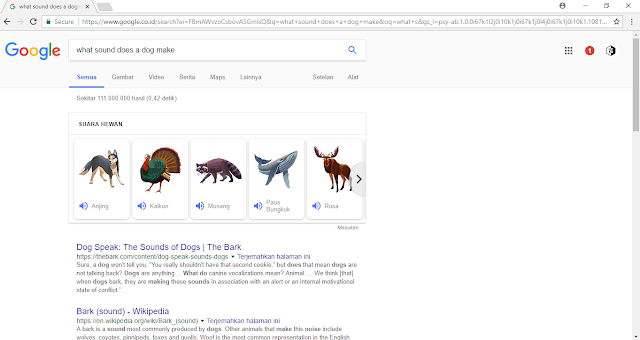 Vowel sounds are pronounced by the voice due to the exhaled air passing through the tense vocal cords and freely exiting through the mouth. Consonant sounds consist of noise or a combination of voice and noise due to the fact that the exhaled air meets an obstacle in its path in the form of a bow or teeth. Vowel sounds are pronounced loudly, consonant sounds are muffled. A person is able to sing vowel sounds with his voice (exhaled air), raising or lowering the timbre. Consonant sounds cannot be sung, they are pronounced equally muffled. Hard and soft signs do not represent sounds. They cannot be pronounced as an independent sound. When pronouncing a word, they affect the consonant in front of them, make it soft or hard.
Vowel sounds are pronounced by the voice due to the exhaled air passing through the tense vocal cords and freely exiting through the mouth. Consonant sounds consist of noise or a combination of voice and noise due to the fact that the exhaled air meets an obstacle in its path in the form of a bow or teeth. Vowel sounds are pronounced loudly, consonant sounds are muffled. A person is able to sing vowel sounds with his voice (exhaled air), raising or lowering the timbre. Consonant sounds cannot be sung, they are pronounced equally muffled. Hard and soft signs do not represent sounds. They cannot be pronounced as an independent sound. When pronouncing a word, they affect the consonant in front of them, make it soft or hard.
Transcription of a word
Transcription of a word is a recording of sounds in a word, that is, in fact, a record of how the word is pronounced correctly. Sounds are enclosed in square brackets. Compare: a is a letter, [a] is a sound. The softness of consonants is indicated by an apostrophe: p - letter, [p] - hard sound, [p '] - soft sound.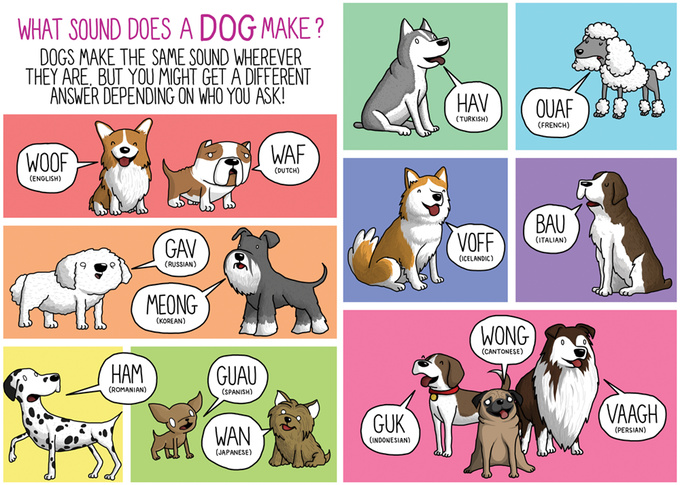 Voiced and voiceless consonants are not marked in writing. The transcription of the word is written in square brackets. Examples: door → [dv'er '], thorn → [kal'uch'ka]. Sometimes stress is indicated in transcription - an apostrophe before a vowel stressed sound.
Voiced and voiceless consonants are not marked in writing. The transcription of the word is written in square brackets. Examples: door → [dv'er '], thorn → [kal'uch'ka]. Sometimes stress is indicated in transcription - an apostrophe before a vowel stressed sound.
There is no clear correspondence between letters and sounds. In the Russian language, there are many cases of substitution of vowel sounds depending on the place of stress of a word, substitution of consonants or dropping out of consonant sounds in certain combinations. When compiling a transcription of a word, the rules of phonetics are taken into account.
Color scheme
In phonetic analysis, words are sometimes drawn with color schemes: letters are painted with different colors depending on what sound they mean. Colors reflect the phonetic characteristics of sounds and help you visualize how a word is pronounced and what sounds it consists of.
All vowels (stressed and unstressed) are marked with a red background.